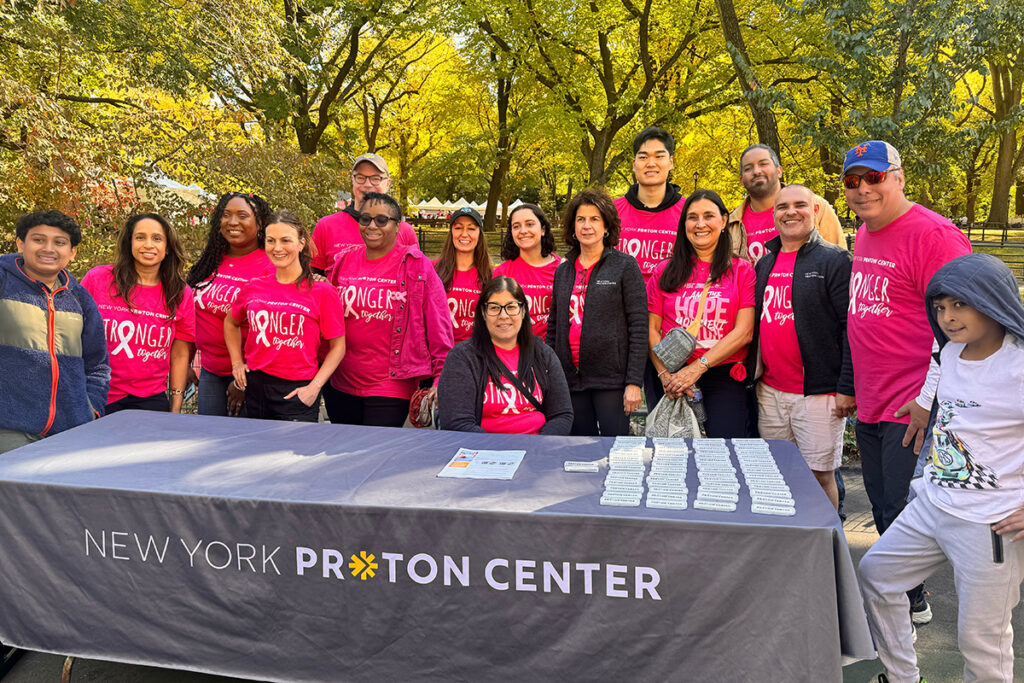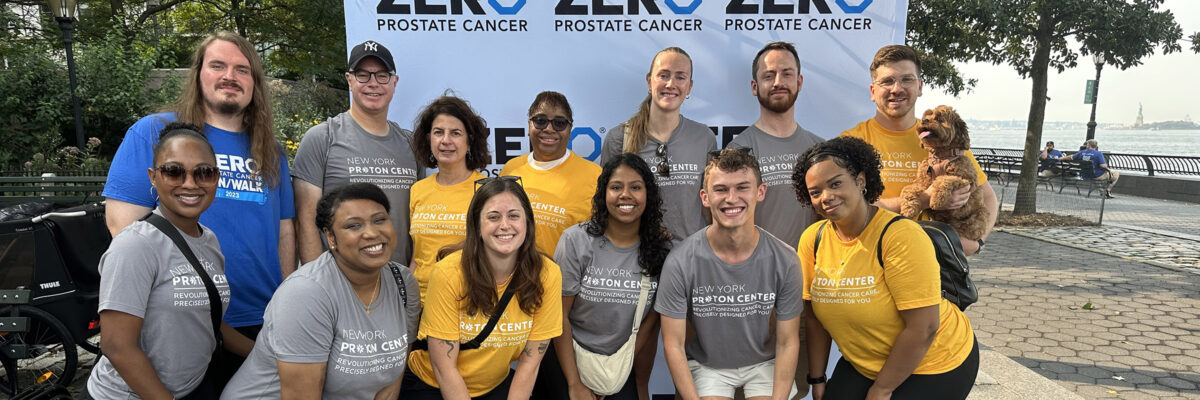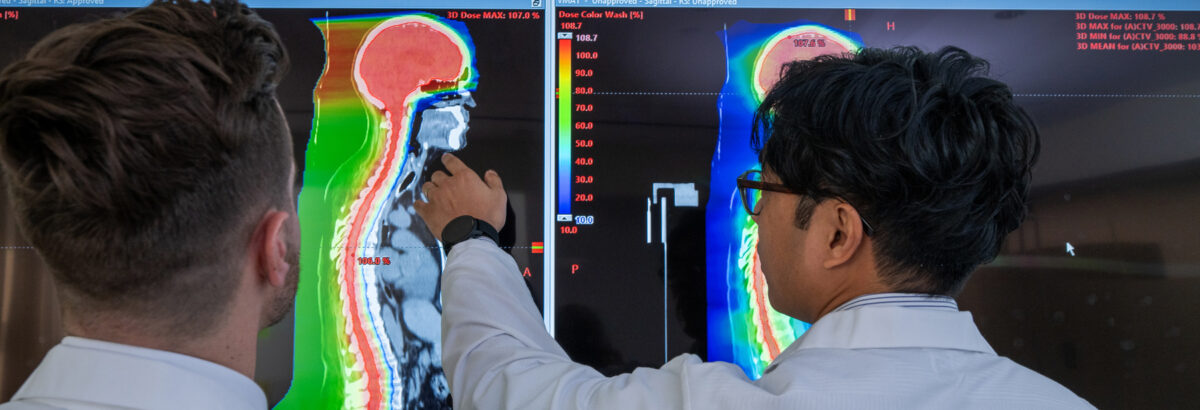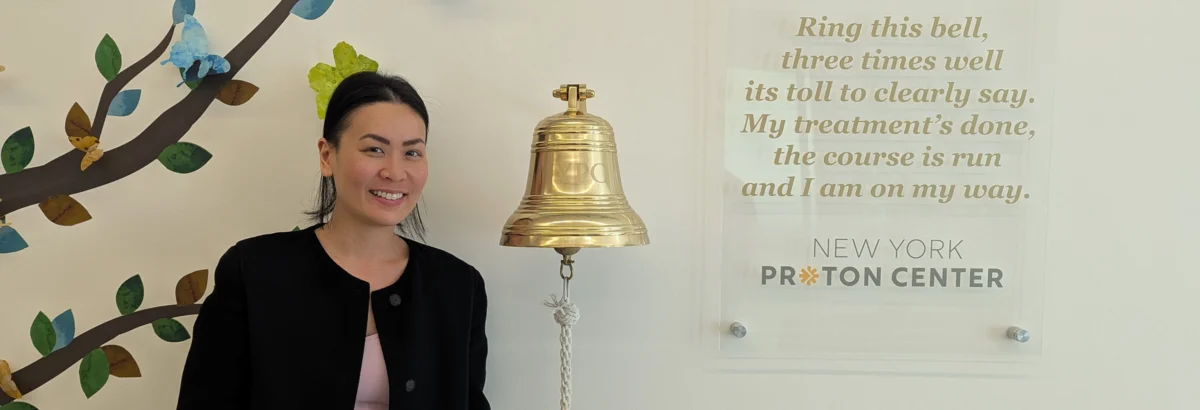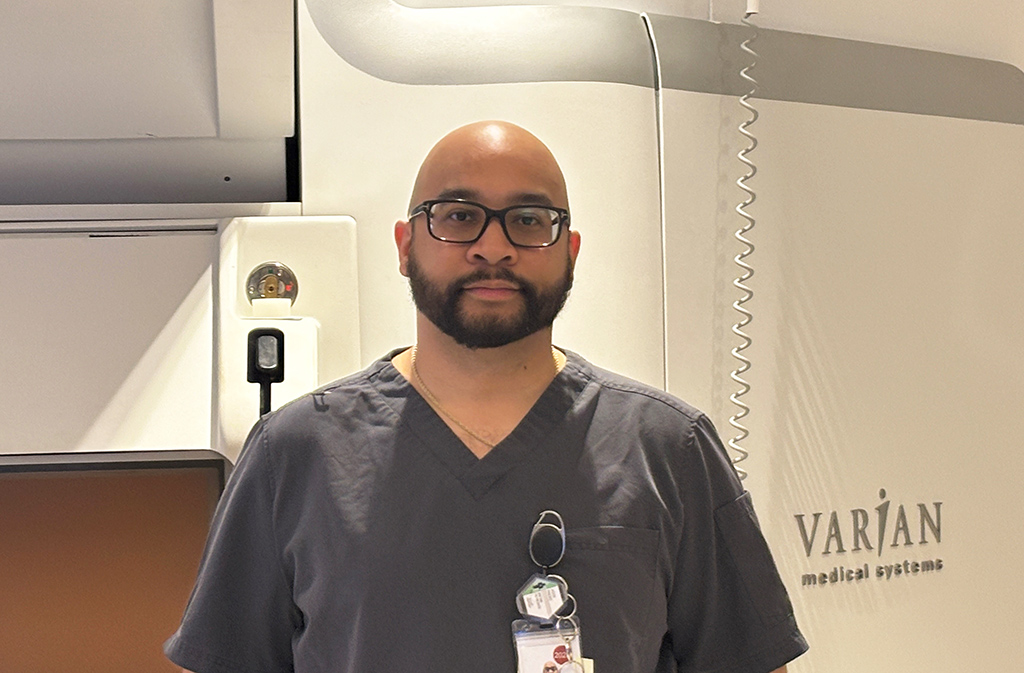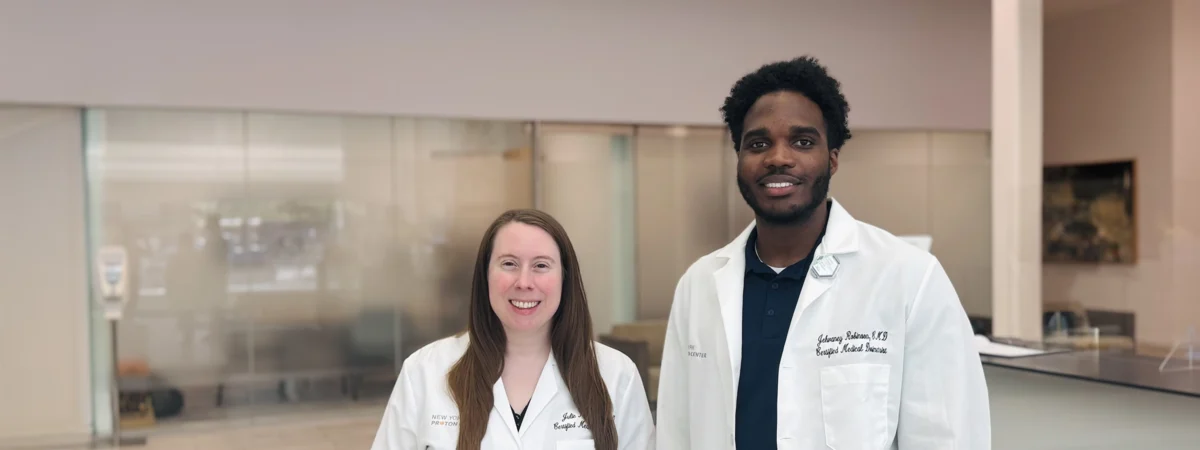Walking Together: NYPC Employees Unite for Cancer Awareness and Support
At the New York Proton Center (NYPC), our mission extends beyond providing cutting-edge proton therapy. We are equally committed to supporting the broader cancer community, including patients and their families as they navigate treatment and recovery. One way our employees put this commitment into action is by organizing teams and raising funds for nonprofit organizations that provide critical services during cancer treatment and fund lifesaving research.
This fall, like they have for the past many years, the NYPC team has proudly supported ZERO Prostate Cancer, the American Cancer Society’s Making Strides Against Breast Cancer, and the American Brain Tumor Association. Each event is more than just a walk; it’s an opportunity for our employees to honor loved ones, raise awareness, and stand in solidarity with those affected by cancer.
Here’s what continues to inspire our team’s commitment, year after year:
“For me, charity walks are about raising awareness. Patients should know all their treatment options, and these events give us a chance to share information about proton therapy. Cancer has touched my life personally—my best friend battled brain cancer, and my father is a prostate cancer survivor. Supporting these causes allows me to honor them and stand with past, present, and future patients. What keeps me coming back is my coworkers’ dedication and how we’ve expanded our efforts from one walk to many.” — Shawn Giordano, Clinical Unit Coordinator
“I was inspired to complete my first 5K thanks to the encouragement of a former NYPC colleague who trained with me during lunch breaks. That journey led me to the Proton Center’s inaugural walk for ZERO Prostate Cancer—an experience I’ll never forget. But my deepest motivation is personal: my sister, whom I lost to uterine cancer last year. Walking allows me to honor her memory and take meaningful steps toward hope and change.” — Karen Kirby, Registered Nurse
“Charity walks are a powerful way to contribute to something bigger than myself. Whether it’s raising awareness, supporting research, or honoring someone close to me, these events give me a true sense of purpose. Having had multiple family members diagnosed with cancer, walking allows me to stand up for something that truly matters. The community, the emotional connections, and the progress we see each year are what keep me coming back.” — Jeame Rivera, Medical Records & Data Entry Specialist
A Collective Impact
For the New York Proton Center team, these walks represent more than fundraising—they are about connection, compassion, and community. Every mile walked and every dollar raised helps advance cancer awareness, support patients, and drive the fight for better outcomes.
Together, we walk with hope.
